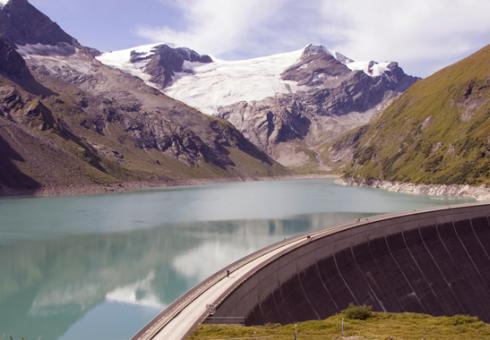We can expect oil prices to remain low for the for the forseeable future, writes John Reilly in a column for USA Today.
John M. Reilly | Co-director, MIT Joint Program on the Science and Policy of Global Change
Worldwide, people are learning to live with less gas, but that's a habit hard to keep.
The price of oil has fallen nearly 60% since peaking in June, and lately there's been a lot of ink and pixels devoted to the question of whether oil prices will plunge even further or whether they will shoot right back up. An even bigger issue is whether prices will stay at these very low levels.
While I doubt oil prices will fall much more — how much further could they reasonably tumble? Perhaps another $20 or so? — history suggests we can expect prices to remain low for the foreseeable future. What's playing out right now in the oil market is likely the same supply-demand dynamic we've seen over and over: several years of extremely high oil prices followed by decades of low prices. The twin oil shocks of the 1970s, for instance, resulted in 20 to 25 years of low prices.
Of course, things are different today — but not that much different. Over the past six or seven years, oil has been relatively expensive, often trading at over $100 a barrel. During that time, both the supply and demand sides of the equation have responded.
On the supply side, high prices have spurred investment in oil and gas exploration. Even as OPEC (Organization of the Petroleum Exporting Countries) has maintained steady production, the U.S. is experiencing a drilling revival and the shale industry is booming. Oil production is up in other countries, too. Canada has boosted its crude oil production, as have Russia and Libya. With more oil on the market, prices predictably have fallen.
On the demand side, many developed countries — including the U.S. — are using less oil.Policies such as CAFE (Corporate Average Fuel Economy) have helped improve the fuel economy of cars and light trucks. Consumers, meanwhile, have recently demanded higher-mileage cars.
There are sociological forces driving oil prices down, as well. For instance, people are more likely to live in cities (rather than car-critical suburbs) and choosing to walk or bike more.
The upshot is that unless the world changes dramatically, we should expect oil prices to remain low for at least the next 10 years. On the supply side, investments in production will continue to bear fruit; and history suggests the forces on the demand side will play out for another decade or two — or at least until people forget about high prices.
Read the full article here.


